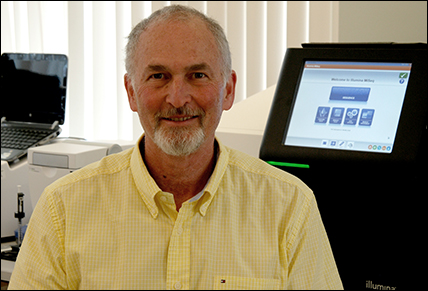VISION
The goal of HOMIM and HOMINGS was to provide the scientific community with a rapid means of species-level identification of oral bacteria in clinical samples. As with HOMIM, HOMINGS was set up to be more than just a fee-for-service operation. The vision was to offer advice in designing experiments, help with analyses, and assistance in writing grants and subsequent manuscripts. As a result of these collaborative efforts, I am proud to say that there have been 59 HOMIM-associated publications and 27 HOMINGS-associated publications.
While HOMIM and HOMINGS are no longer available, significant collaborative efforts are welcome. NGS at the Forsyth Institute now focuses on sequencing the V1-V3 regions of the 16S rRNA genes, as it provides better differentiation of many closely-related bacterial taxa, e.g., species of Streptococcus. 16S sequences are processed further using a custom in-house pipeline that takes advantage of both the advanced amplicon de-noising algorithm of the recently available DADA2 program and the extensive collection of 16S sequences in the Human Oral Microbiome Database (HOMD).
My training was as a microbiologist/ecologist and later as a molecular biologist studying in the laboratory of Dr. Carl Woese, the father of bacterial phylogeny. At the Forsyth Institute, Dr. Floyd Dewhirst and I have been working since 1986 first to define the oral microbiome including those species that cannot be grown in vitro and then to develop rapid means of bacterial identification using species-specific oligonucleotide probes. These methods evolved from radiolabeling on blots, to reverse checkerboard, to HOMIM, to HOMINGS, and now to more comprehensive analyses.
If you are interested in NGS for your microbiome projects, I am always available to discuss potential collaborations.
Sincerely,

Bruce J. Paster, Ph.D.
(bpaster@forsyth.org)
Senior Member of Staff, Department of Microbiology
The Forsyth Institute
Professor, Department of Oral Medicine, Infection & Immunity
Harvard School of Dental Medicine
